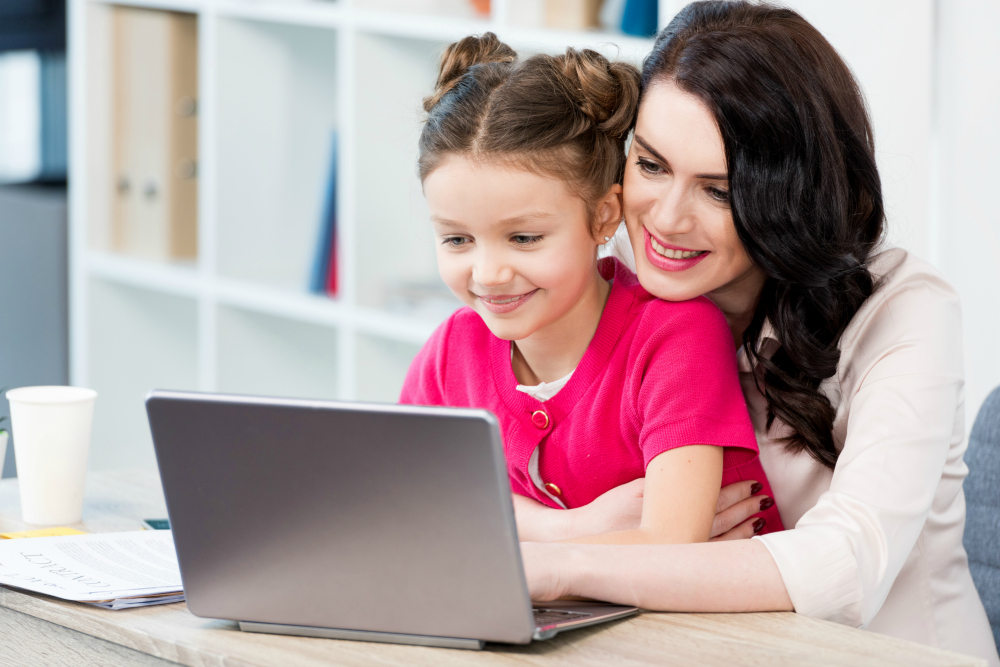Almost everyone feels stagnant sometimes. Even the world’s most creative people find themselves stuck. Whether it’s boredom, ennui, or simply running out of ideas, a creativity deficit can cause a panic response in those of us on deadline for a creative project. It can also breed self-doubt in those of us who aren’t regularly required to be creative.
The groundbreaking mid-20th century poet and novelist Sylvia Plath said, “The worst enemy to creativity is self-doubt.” She said it takes guts to be creative. It takes guts to summon the imagination to improvise. We could not agree more, especially for people who don’t think of themselves as the creative type.
Many people turn to meditation for creative insights. The stillness and “mind void” allow new ideas to pop up. It’s a wonderful practice.
British musician Brian Eno took a different path to overcoming creative blocks in the mid-1970s. His Oblique Strategies cards each present a different message aimed at viewing problems from alternative angles.
Some of the cards are obvious:
Don’t be frightened to display your talent.
What would your closest friend do?
What to increase? What to reduce?
Others are a little more abstract:
Ask your body.
Repetition is a form of change.
Only one element of each kind
In our work life, we are presented with problems that need creative solutions all the time. Some are plain to see—like designing a logo, reorganizing where people sit, or getting everything done in one day when it really should take three. Other problems are subtler. Maybe we are bored with our current duties, want to make a bigger impression on our boss, or are experiencing a lack of confidence.
Whether it’s accomplished through meditation techniques or Eno’s playing-card directions, finding creative solutions requires getting in touch with the innate creative force inside ourselves. We all have it. But like any skill, we need to practice using it. Here are some easy steps to boost creative output. If at first they don’t work, let’s try telling ourselves we already have several creative solutions in hand. (Or, in the words of one of the Oblique Strategies cards, “Try faking it!”)
- Know the goal
The very first step to building any skill or solving any problem is to spell out the goal as clearly as possible. We mean this literally. Get a piece of paper and a pencil and write, as simply as possible, exactly what you hope to achieve. What does that mean?
- Example 1: Let’s say we need to name a new product. We might write, “Find the perfect name for online bookkeeping service.” Great. Now, break it down as simply as possible. What are the essential elements of this service that we want the name to convey? Fast, accurate, etc. And what are the secondary elements we want the name to imply? This is personality. It could literally be anything.
- Example 2: Let’s say we want to be more creative in general. What does that mean? What does the word creative mean to you? Write this down as simply as possible. It’s easy but putting this in writing is what is called setting an intention.
Keep this sheet of paper somewhere handy for reference but not in sight. We don’t want to obsess over it. We may find, as we think about the problem more creatively, that our goal changes.
- Change things up
The opposite of creativity is a monotonous pattern. We fall into our routines because they work. They get us from Point A to Point B in the quickest way with the least hassle. Getting creative means embracing change and new ways of thinking and acting. Like sailing, the fastest route between two points is often not a straight line.
Try changing your morning routine. Try taking a different route to work. Notice something new on your way in and then reflect on how you feel about that. Try working slower or more quickly. In other words, get out of your comfort zone. You’ve already taken the first step by writing out your goal with pencil and paper instead of emailing it to yourself! We’re creating a new set of mindful habits; we’re looking at things in a new way.
Here are some more ways to change things up:
- Use a different desk.
- Conduct meetings standing up.
- Get out of the office. Walk somewhere during a break, meet at a cafe instead of a conference room, or take a work call from a park.
- Take a class in something new: Pilates, chess, astronomy, basket-weaving, anything.
- Plan quiet time: Can you schedule 15 minutes to sit still and quietly let your mind roam? How about 10 minutes?
- Start small
Building our general ability for creativity doesn’t start with grand architecture. Set some limitations for yourself. Start with doodles. Explore the possibilities through simple, small tasks, and you’ll discover ways of thinking that can be applied to the profound and momentous. We are building openness and awareness. As we pay closer attention to the little things, we build a general awareness of the old automatic habits that have limited our creativity.
Think about your word choices, for example, and how you react to other people’s words. When the barista robotically says, “Next” or “the following guest,” it has a dehumanizing effect. How do we react to that? And how can we get away from it? Turn assumptions on their heads. Children are masters of this. A friend recently told her young son his shoes were on the wrong feet. He looked at her, puzzled, and said these were the only feet he had.
When was the last time you engaged in play—like child’s play? Get a little toy figurine, a little car or animal, and move it around a little. Remember that? You were very creative once.
- Get out of your own way
Generate ideas, even bad ideas. Allow yourself to be silly and wild. Realize the wrong answer contains a kernel of the right answer. What appears to be an error or a misstep is actually a hint in the right direction.
Eliminate the distractions that keep you from creating your own world. If our goal is to find headspace for creative thought, we need to remove some of the noise:
- Don’t listen to music during your commute. Make up a song.
- Don’t turn on the TV at home. Tell yourself a story.
- Don’t order in food or get takeout. Cook something new—maybe don’t even use a recipe.
Don’t feel like you need to share any of this with anyone until you have some ideas that really work. This is your creative space.
Do you have ideas about being more creative? Have you invented flashcards or used meditative techniques to spur creativity? What tools work for you? Conference with like-minded professional women by becoming a member of IAW.





